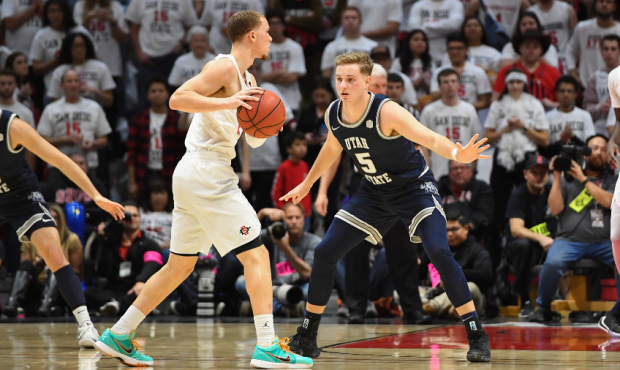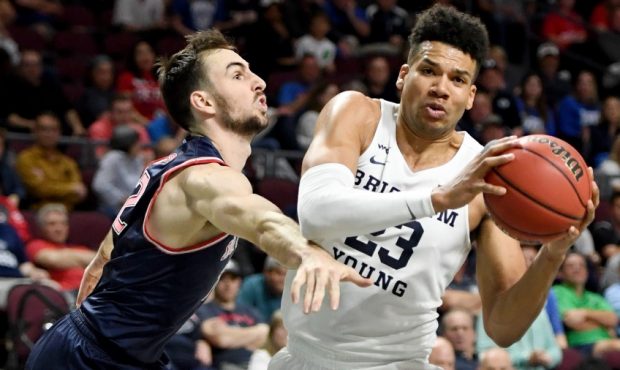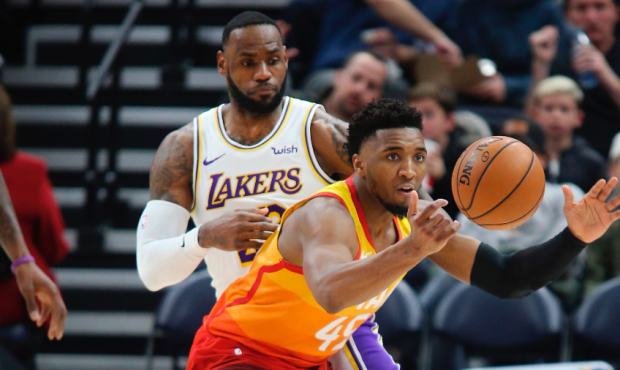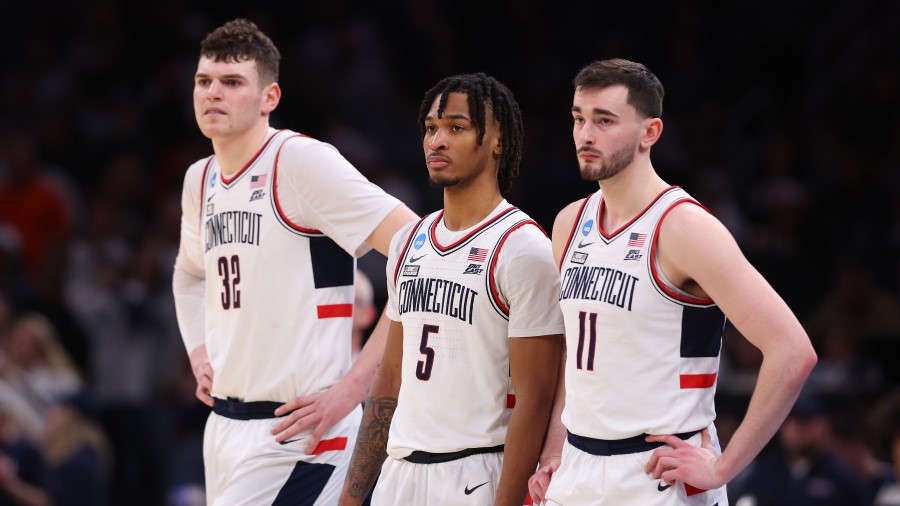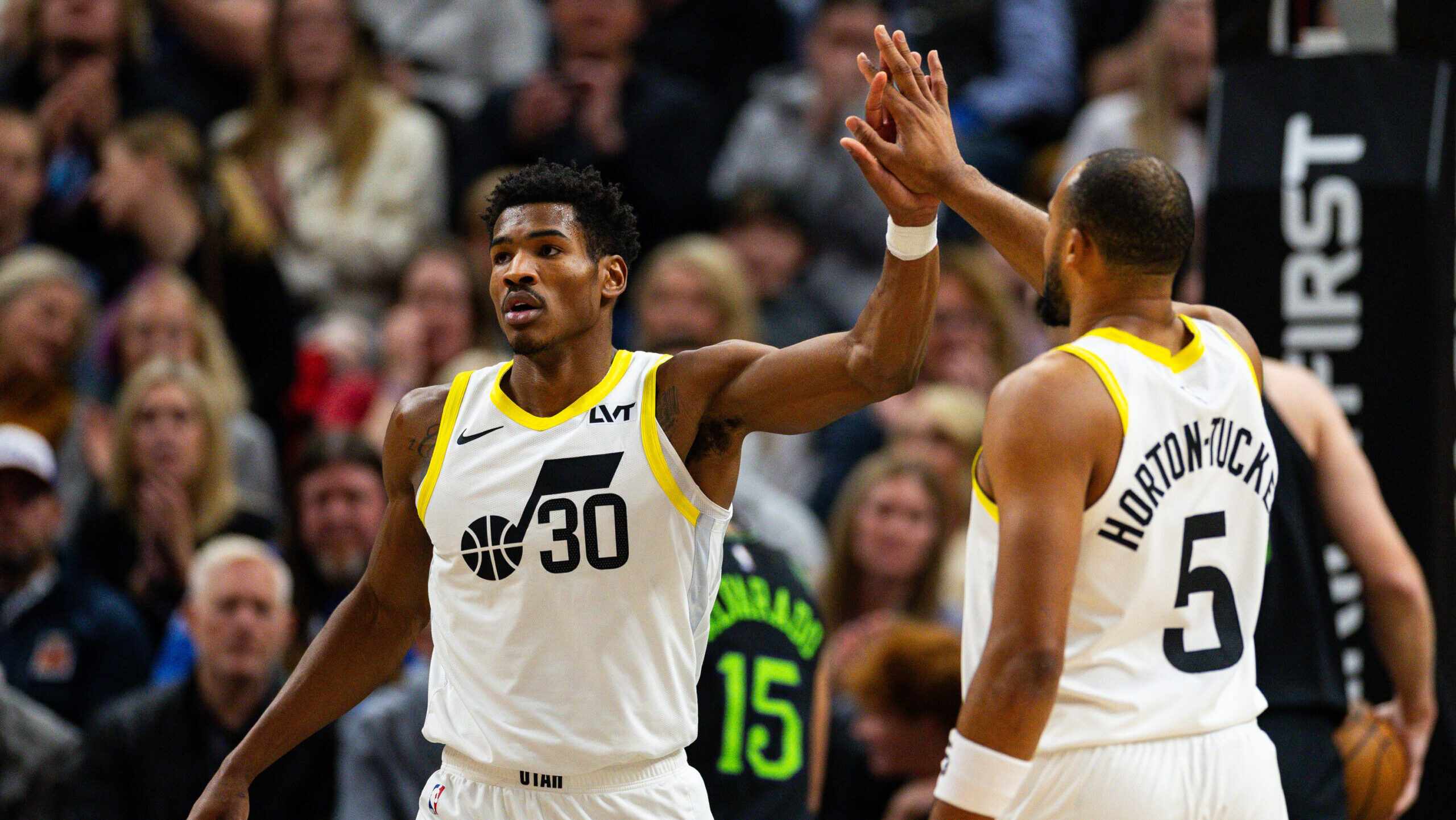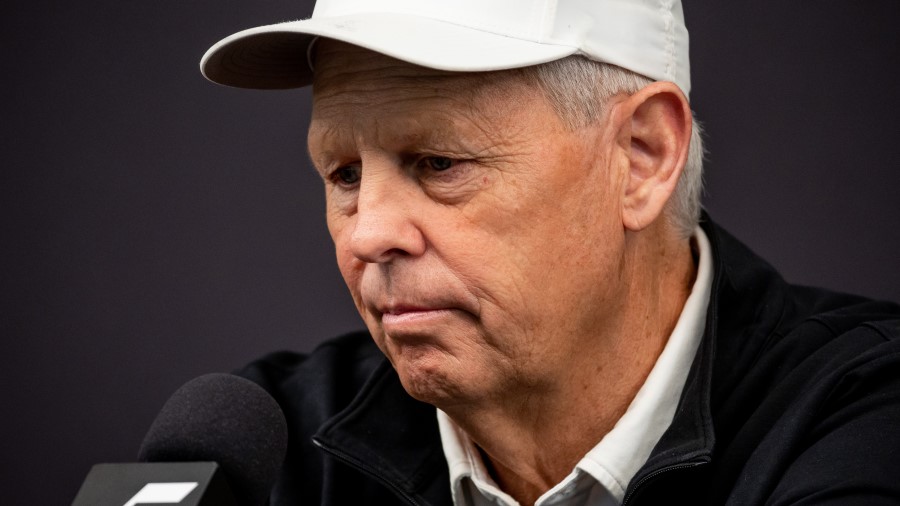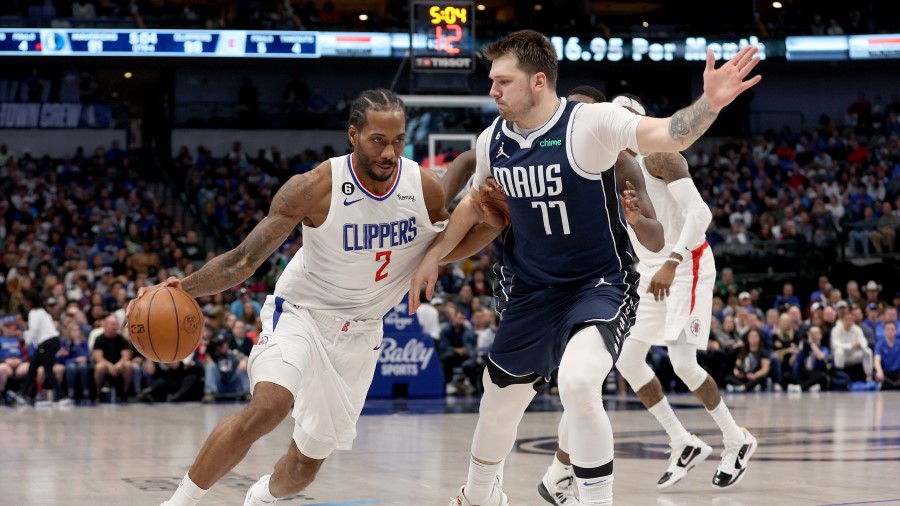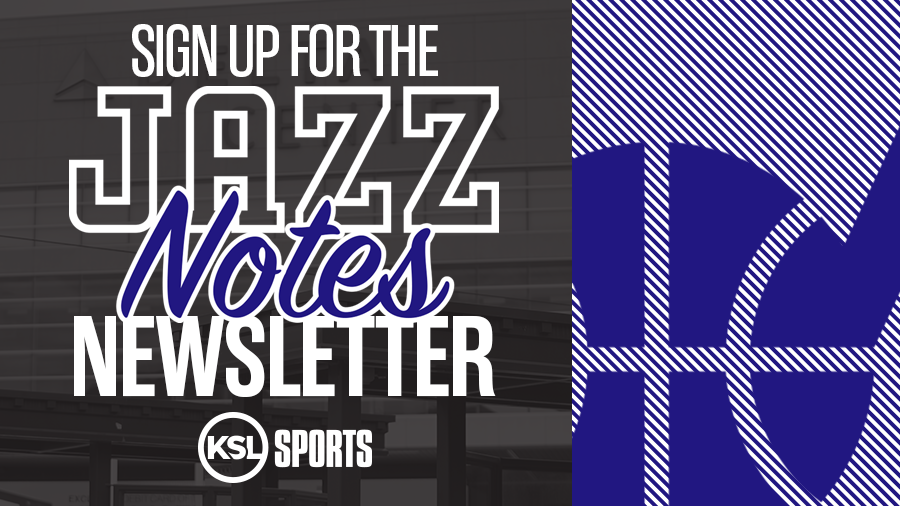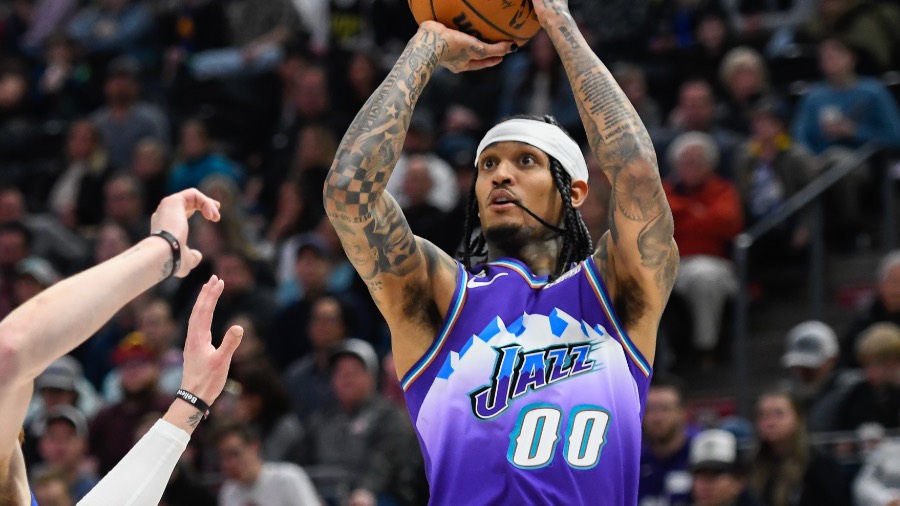Who Fits Jazz NBA Draft Mold In 2020?
Sep 30, 2020, 6:03 PM | Updated: Nov 12, 2020, 11:42 am
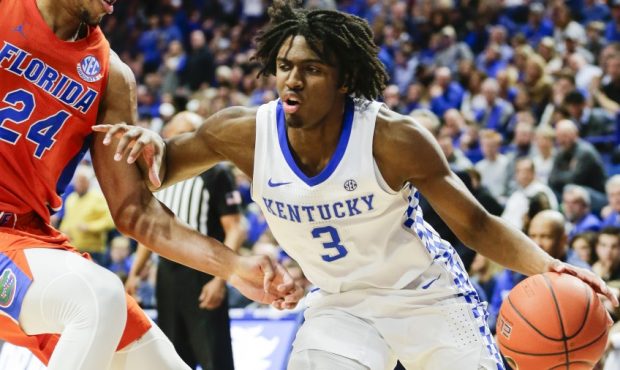
Kentucky guard Tyrese Maxey (Photo by Silas Walker/Getty Images)
(Photo by Silas Walker/Getty Images)
SALT LAKE CITY, Utah – Which player an NBA team prefers to draft is often one of the most tightly held secrets annually. Outside of consensus top picks, rarely do teams reveal who they are targeting on draft night for fear of seeing that player selected ahead of their slot. While the Utah Jazz are no different, there are hints at the types of players the Jazz like based on their recent drat history. By exploring the Jazz trends over the last several seasons, we can potentially narrow down who might find themselves high on the Jazz draft board.
The Jazz aren’t the only team that has proven to reveal draft tendencies via their recent history. The Orlando Magic are notorious for preferring the longest, most athletic players slotted near their pick. The San Antonio Spurs perhaps stick to drafting the best player available mantra more than any team in the NBA as evidenced by drafting highly rated guards that slipped to the end of the first round in four out of the drafts between 2014 and 2018.
While the Jazz certainly draft the player they have mostly highly rated on their board when their time comes to make a selection, they have revealed some of their tendencies on how they rate players in recent years.
What type of player can the @utahjazz expect to draft with the 23rd overall pick?
History tells us probably not a star, but an above average role player should be on their way. #TakeNote https://t.co/IsTSBecoWT
— KSL Sports (@kslsports) September 14, 2020
The Jazz Draft Trends
First, the Jazz tend to favor players from “blueblood” programs. While the term blueblood is certainly up for debate, as is which teams qualify for the descriptions, we’ll use the term broadly to describe schools that traditionally find themselves as higher seeds in the NCAA tournament over the last decade.
These are the Arizona, Duke, North Carolina, Kansas, Kentucky, Louisville, Michigan, and Michigan State types of teams the Jazz have shown a preference of favoring. Since Dennis Lindsey took over the team, the Jazz have landed Trey Burke (Michigan), Rodney Hood (Duke), Trey Lyles (Kentucky), Donovan Mitchell (Louisville), Tony Bradley (North Carolina), and Grayson Allen (Duke) from traditional blueblood programs.
We have traded the rights to Tyler Lydon (no. 24) as well as Trey Lyles to the Denver Nuggets for Donovan Mitchell!#JazzDraft pic.twitter.com/XjhkBymtdT
— utahjazz (@utahjazz) June 23, 2017
Considering the Jazz have only ended up with eight first-round draft picks since 2013, selecting six blueblood type of players is a relatively strong trend. While that could be chalked up to those programs churning out more NBA talent, and that certainly is part of it, it would hold more water if the Jazz weren’t drafting blueblood talent in the late lottery through the end of the first round. By that point, the draft talent pool has usually opened up considerably, making a preference for those types of players more targeted.
Second, length seems to be one of the attributes the Jazz prefer in their picks. Burke, Rudy Gobert, Lyles, Mitchell, and Bradley all had a wingspan that was at least five inches longer than their height.
Who Fits Jazz Draft Trends?
With those two trends in mind, we might be able to narrow down the types of players the Jazz might be more prone to drafting with the 23rd pick on November 18.
Using ESPN’s latest mock draft, and exploring players that could reasonably be available at the 23rd pick (players projected between 15-40) we can narrow down the list considerably by looking at those prospects from blueblood schools.
With the order set, who will be taken No. 1 in the 2020 NBA Draft? Take a look at @DraftExpress' first mock draft. (E+)
Full Mock Draft ➡️ https://t.co/1ykgkvCl8I pic.twitter.com/z5LqpHaFoN
— ESPN (@espn) August 21, 2020
Those players are Cole Anthony (North Carolina), Tyrese Maxey (Kentucky), Nico Mannion (Arizona), Josh Green (Arizona), Cassius Winston (Michigan State), Udoka Azubuike (Kansas), Vernon Carey (Duke), Zeke Nnaji (Arizona), Devin Dotson (Kansas), Tre Jones (Duke), and Xavier Tillman Sr. (Michigan State).
That’s a healthy stock of 11 players projected between the 15th and 40th pick in ESPN’s latest mock. From there, we can narrow it down to players who have significant length compared to their height, in this case, we’ll eliminate players whose wingspans are less than four inches longer than their height.
New breakdown analyzing why Tyrese Maxey's ability to play out of quick-hitting actions like the Kentucky guards before him makes him an ideal fit in today's NBA. pic.twitter.com/kZSMgk5lNy
— Mike Schmitz (@Mike_Schmitz) September 26, 2020
That leaves Maxey (+4.75), Green (+4.25), Azubuike (+6.75), Winston (+4.25) and Tillman (+5), as the five players that check both trends of playing for blueblood colleges while bringing elite significant length to the table.
Luckily for the Jazz, with a well set starting five, and holes basically everywhere on the bench, the team is well primed to take the best player available. But with their recent draft history in mind, don’t be surprised to see the Jazz favor one of these five players.

